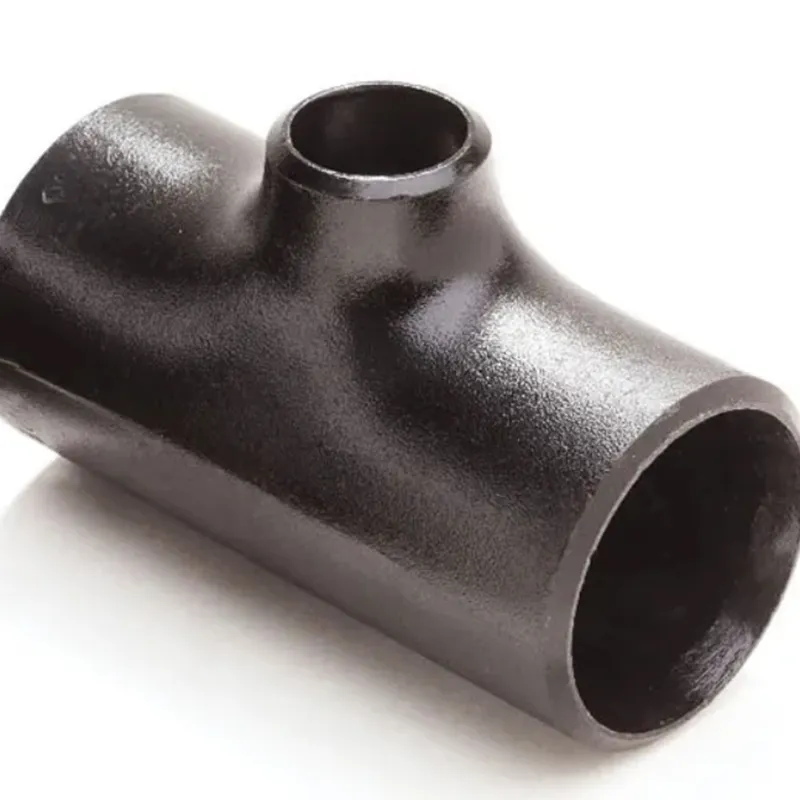-
Cangzhou Yulong Steel Co., Ltd.
-
Phone:
+86 13303177267 -
Email:
admin@ylsteelfittings.com
- English
- Arabic
- Italian
- Spanish
- Portuguese
- German
- kazakh
- Persian
- Greek
- French
- Russian
- Polish
- Thai
- Indonesian
- Vietnamese
- Zulu
- Korean
- Uzbek
- Hindi
- Serbian
- Malay
- Ukrainian
- Gujarati
- Haitian Creole
- hausa
- hawaiian
- Hebrew
- Miao
- Hungarian
- Icelandic
- igbo
- irish
- Japanese
- Javanese
- Kannada
- Khmer
- Rwandese
- Afrikaans
- Albanian
- Amharic
- Armenian
- Azerbaijani
- Basque
- Belarusian
- Bengali
- Bosnian
- Bulgarian
- Catalan
- Cebuano
- China
- China (Taiwan)
- Corsican
- Croatian
- Czech
- Danish
- Esperanto
- Estonian
- Finnish
- Frisian
- Galician
- Georgian
- Kurdish
- Kyrgyz
- Lao
- Latin
- Latvian
- Lithuanian
- Luxembourgish
- Macedonian
- Malgashi
- Malayalam
- Maltese
- Maori
- Marathi
- Mongolian
- Myanmar
- Nepali
- Norwegian
- Norwegian
- Occitan
- Pashto
- Dutch
- Punjabi
- Romanian
- Samoan
- Scottish Gaelic
- Sesotho
- Shona
- Sindhi
- Sinhala
- Slovak
- Slovenian
- Somali
- Sundanese
- Swahili
- Swedish
- Tagalog
- Tajik
- Tamil
- Tatar
- Telugu
- Turkish
- Turkmen
- Urdu
- Uighur
- Welsh
- Bantu
- Yiddish
- Yoruba

Jul . 27, 2024 10:23 Back to list
Exploring the Benefits and Applications of DIN Slip-On Flanges in Modern Engineering Design
Understanding DIN Slip-On Flanges
DIN slip-on flanges are essential components in many piping systems, commonly used in various industries, including oil and gas, water, and wastewater management, as well as chemical processing. These flanges serve a critical purpose in connecting pipe sections and ensuring a secure and leak-resistant joint.
What is a DIN Slip-On Flange?
A DIN slip-on flange, as the name suggests, is designed to slip over the end of a pipe. It is manufactured according to the German Institute for Standardization (Deutsches Institut für Normung, or DIN) standards, which guarantee specific dimensions, tolerances, and material properties. Typically made from materials like carbon steel, stainless steel, or alloy steel, these flanges are favored for their ease of installation and effectiveness in various applications.
The slip-on design allows for quick assembly, as it requires welding only on the outer surface of the flange after it has been positioned over the pipe. This design eliminates the need for complicated machining of the pipe end, making it a cost-effective solution in many scenarios.
Advantages of DIN Slip-On Flanges
1. Ease of Installation One of the most significant advantages of using DIN slip-on flanges is the simplicity of their installation. Workers can easily align and fit these flanges without complex configurations, speeding up the construction or maintenance process.
2. Versatility Slip-on flanges can be used with various pipe materials and sizes, making them highly versatile. They can accommodate both standard and unusual pipe dimensions, which is particularly useful in custom applications.
din slip on flange

3. Cost-Effectiveness Since slip-on flanges require less machining and fewer materials compared to other types, such as blind or weld neck flanges, they are often more economical. This cost efficiency is advantageous for large-scale projects that demand hundreds or thousands of fittings.
4. Reliability When properly welded, DIN slip-on flanges provide a reliable and leak-resistant joint. Their welds can be inspected easily, allowing for quick quality checks during installation.
5. Ease of Maintenance In situations where flanges need to be removed or replaced, DIN slip-on flanges are easier to work with compared to more complex flanging systems. This accessibility can reduce downtime and maintenance costs.
Applications of DIN Slip-On Flanges
DIN slip-on flanges are widely used in various applications. They are commonly found in piping systems for
- Water Treatment Plants Used extensively for water distribution and treatment systems due to their affordability and reliability. - Oil and Gas Industry Essential for connecting pipes that transport crude oil and natural gas. - Chemical Processing Used in pipelines that carry corrosive or hazardous materials, where material integrity is paramount. - HVAC Systems Found in heating, ventilation, and air conditioning systems for connecting ductwork and piping.
Conclusion
In summary, DIN slip-on flanges play a crucial role in modern piping systems across a range of industries. Their ease of installation, versatility, cost-effectiveness, reliability, and ease of maintenance make them a popular choice among engineers and contractors. As industries continue to evolve and demand efficiency and safety, the use of slip-on flanges is likely to remain a fundamental aspect of fluid transport systems. Understanding their specifications and applications ensures that engineers can select the most suitable flange types for their projects, ultimately contributing to the efficiency and safety of industrial operations.
Latest news
-
ANSI 150P SS304 SO FLANGE
NewsFeb.14,2025
-
ASTM A333GR6 STEEL PIPE
NewsJan.20,2025
-
ANSI B16.5 WELDING NECK FLANGE
NewsJan.15,2026
-
ANSI B16.5 SLIP-ON FLANGE
NewsApr.19,2024
-
SABS 1123 FLANGE
NewsJan.15,2025
-
DIN86044 PLATE FLANGE
NewsApr.19,2024
-
DIN2527 BLIND FLANGE
NewsApr.12,2024
-
JIS B2311 Butt-Welding Fittings LR/SR 45°/90° /180°Seamless/Weld
NewsApr.23,2024











